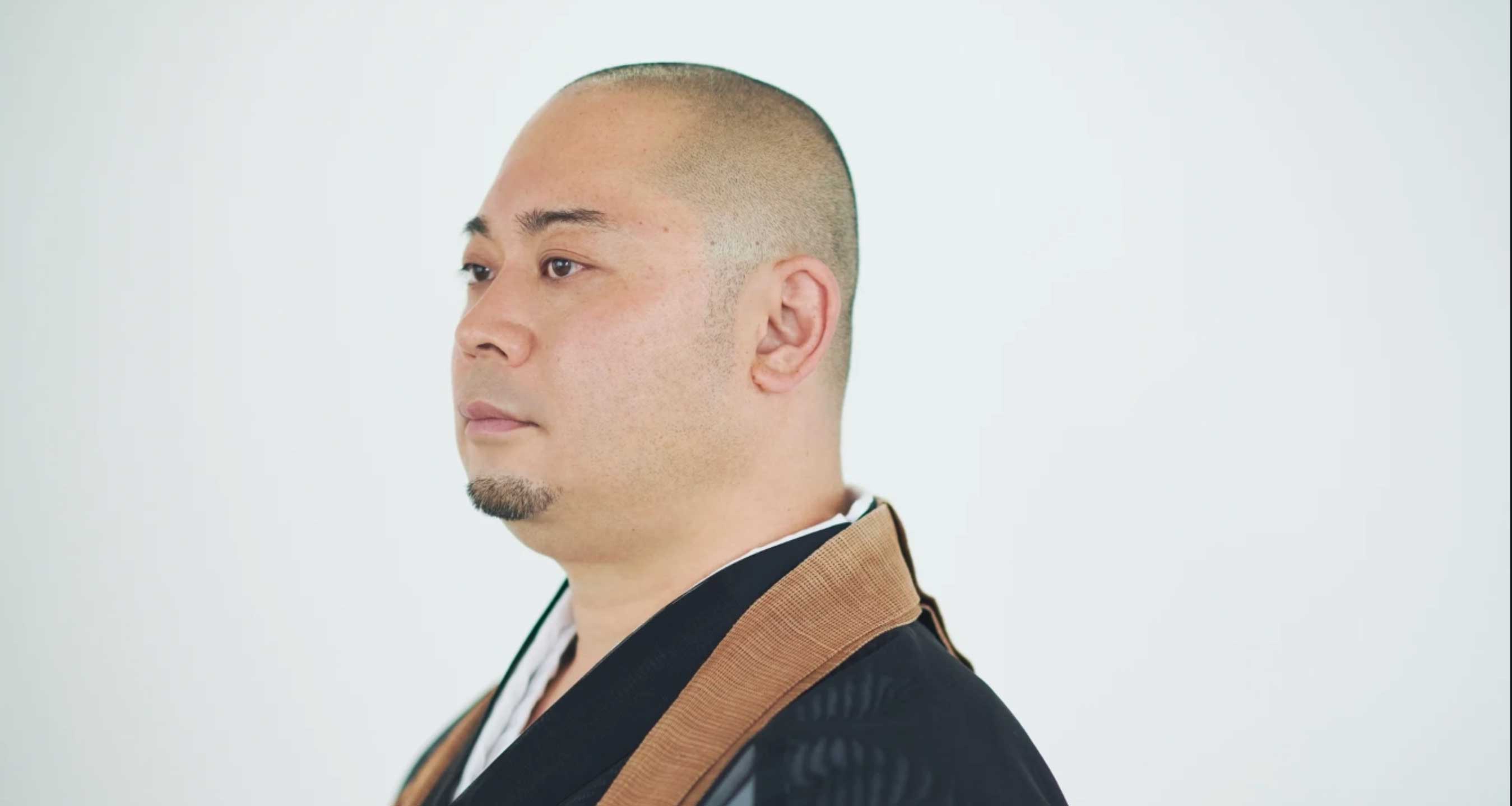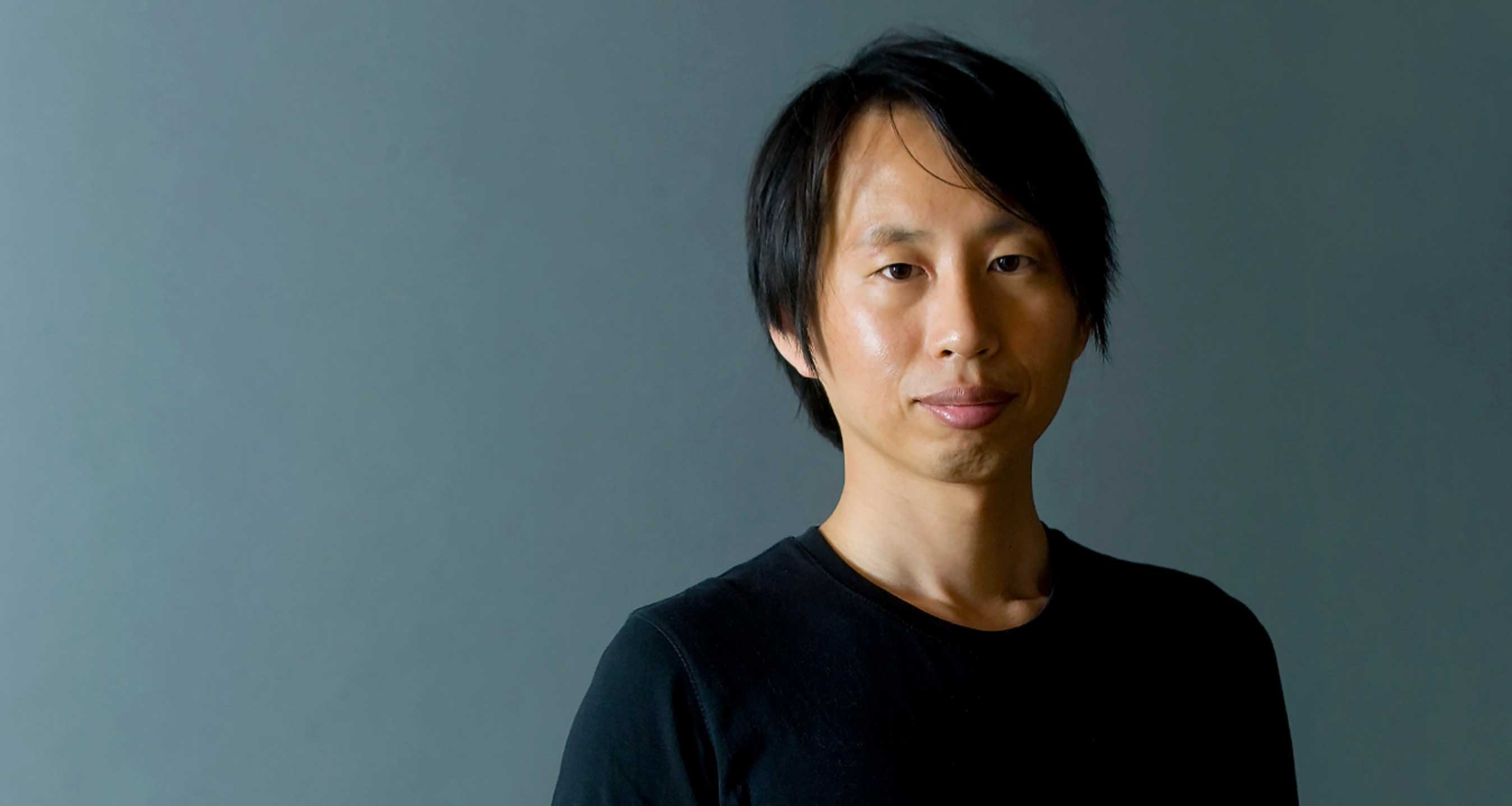Life Wisdom offers a unique opportunity to practice Kyoto’s Zen and pottery traditions under the guidance of Japanese masters.
Zenryu Kawakami, abbot of Myoshinji Shunkoin Temple in Ukyo-ku in Kyoto, and 16th generation Housai Mastsubayashi of Asahiyaki pottery in Uji City, Kyoto, will act as your guides on this journey to discovering your own art of being.
As an ancient capital, Kyoto has accumulated thousands of years of history and culture that has been passed down through generations. Understanding how past masters honed their skills and techniques can help us comprehend the value of everyday experiences and gain a more holistic view of the world around us. Kyoto’s culture exists today as a result of those who have learned from the past and continue to express themselves in new ways.
In order to learn from these traditions, you will be assigned a teacher. Your teacher is not someone that merely imparts their skills and knowledge, but continues to practice and refine their skills in the present. To ensure mutual resonance and heart-to-heart communication in the class, participant numbers are limited.
The Life Wisdom experience consists of Zen meditation and making pottery. Zazen is a meditative practice that aims to offer insight into our true nature of being. Led by priest and lecturer Zenryu Kawakami, the zazen meditation experience will take place within the calming and historic environment of Shunkoin Temple in the heart of Kyoto. As you feel the rhythm of your breath and heartbeat, and notice any other physical sensations that arise during the meditation, you will begin to experience peace, clarity and a deeper connection to yourself and the world around you. This is the essence of zazen.
While zazen helps you contemplate the nature of being, making pottery allows you to mold nature into reality and create your own way of being. Under the guidance of 16th generation potter Housai Mastsubayashi, this part of the experience will take place at the Asahiyaki pottery studio and gallery in Uji City, Kyoto, where the tradition has been nurtured since ancient times. Pottery is one of Japan’s oldest cultural traditions and, throughout history, potters have sought beauty in clay and refined their skills by repeatedly digging, molding, refining and firing the clay. In order to transform the beauty of nature into the beauty of culture, potters draw upon both logic to understand technique, as well as aesthetic sense to comprehend beauty. By employing time-honored techniques to produce inspiring new designs, you can preserve traditional ways of making while continuing to innovate in new ways.
Within this practice, we hope to pass on these skills and philosophies so that you can experience working on the potter's wheel and make your own creation.
Let go and notice your sensations
In zazen, you expand your boundaries.
Little by little, you project your senses
onto the floor and the stones in the garden.
You listen to the rustle of the trees in the wind,
You become the wind.
The hear the sound of the falling rain,
You become the rain.
In this moment, the boundaries of self
become blurred and you are liberated
from all delusive fictions that separate you
from being an integral part of the world at large.
You are part of a whole.
The whole is part of you.
The whole is part of your self.
You then ask yourself, “what am I?”
And so, you quietly face the question:
“what is my self?”
Zen is a way of perceiving
without using words
Humans are thinking animals.
We know the world and
understand ourselves by thinking.
We are able to make sense of
these thoughts through words.
Modern society is
built and conceptualized around words.
However, our worldview and sense of self is
conveniently divided by
linguistic ways of thinking.
Sometimes, the limitations imposed by words
can lead to us feeling a sense of disorder.
Zen is the practice of abandoning this verbally
based thinking and understanding.
In zazen, one learns
how to discard words and
experience the world and
oneself as they really are.
―― Zenryu Kawakami,
abbot of Shunkoin Temple in Myoshinji
―― Beauty is felt when things are realized
like ideals are realized, which means
for things to display their original nature.
Just as flowers are most beautiful
when they manifest their original nature,
humans attain the pinnacle of beauty
when they express their original nature.
In this regard the good is beauty.
From “An Inquiry into the Good”
written by Kitaro Nishida
Made with appreciation,
rather than skill
Pottery in Life Wisdom is not about skill,
but about goodness.
Clay can be good or bad,
depending on how it is handled.
But the clay does nothing.
You have control.
Through ceramics,
we reconnect with ourselves
in the present moment.
In this process,
we can find and give shape to
our own way of being.
“If someone asks me
what tradition means to me,
I tell them that it is something
that is entrusted to me,
entrusted to us.”
For example, Asahiyaki pottery is
created using locally sourced clay.
As artisans, we believe that
there is a kind of beauty
in the clay itself.
We dig the soil and refine it into clay,
then form and fire it.
Through repetition of these processes,
we learn through our body
how to handle the clay in a way
that is unique to Asahiyaki.
The land, the clay,
and the techniques that we use have
all been entrusted to us by our ancestors.
This is my work and my expression.
―― Hosai Matsubayashi,
the 16th generation of the Asahiyaki pottery
――In contrast to today's ever-evolving world of science,
many traditions are simply handed down
from generation to generation and
silently passed on to
our children and grandchildren.
Some people define tradition in this way,
but I think it is different.
The essence of tradition is, of course,
to carry on what has been handed down
from the ancestors,
but it is also to incorporate
one's own creativity into the tradition and
to attempt to do
what the previous generation could not do,
and then to pass it on.
Text by Mitoko Matsubayashi
from“Asahiyaki: Clay is Alive”
Mentors

Rev. Takafumi Zenryu Kawakami
Abbot of Shunkoin Temple, a sub-temple of Myoshinji Temple. Myoshinji Temple is the headquarters of Myoshinji School of Japanese Rinzai Zen Buddhism
After studying religious studies at Arizona State University, Kawakami began his Buddhist training at Zuiganji Temple in Miyagi Prefecture, Japan. In 2007 he became the vice abbot of Shunko-in, and in 2022 became head abbot. He has given lectures and workshops on zazen and Zen philosophy, other Eastern philosophies and contemplative practices, and the diversity of "self" in various cultures, religions, and periods. He has spoken at universities (Eton College, Massachusetts Institute of Technology, Brown University), corporations, academic conferences, and events in Japan and abroad.

Hosai Matsubayashi
16th generation of Asahiyaki
Hosai Matsubayashi is the 16th-generation head potter at Asahiyaki, a 400-year old studio in the famous tea region of Uji. Based on tea master Kobori Enshu's aesthetic sense of "KireiSabi" (beauty and quietness) that underlies Asahiyaki pottery, Matsubayashi produces mainly tea ceremony utensils such as tea bowls, tea containers, water jars and flower vases. He makes pieces with a traditional Asahiyaki clay feature known as “Kase” ("deer back") and “Benikase” (crimson "deer back"), both of which feature a dappled pattern reminiscent of the spots on deer fur; he has also created his own contemporary pottery style with “moon-white” flowing glaze.
For reservations and media interviews, please inquire below.
We are currently accepting invitations only.
Please send us your contact information and we will send you more details later.

